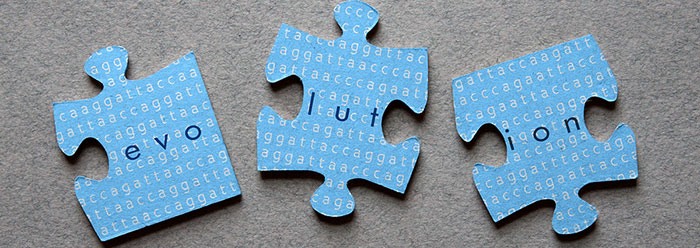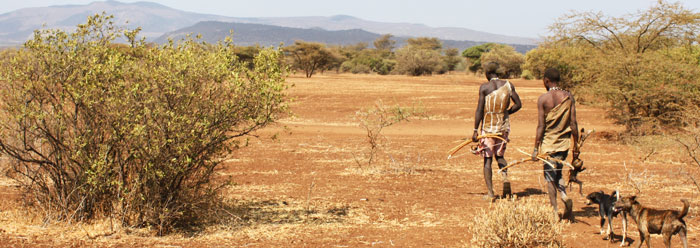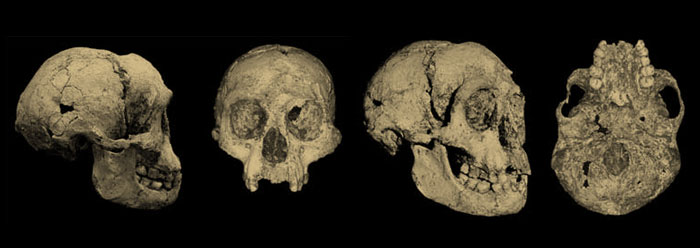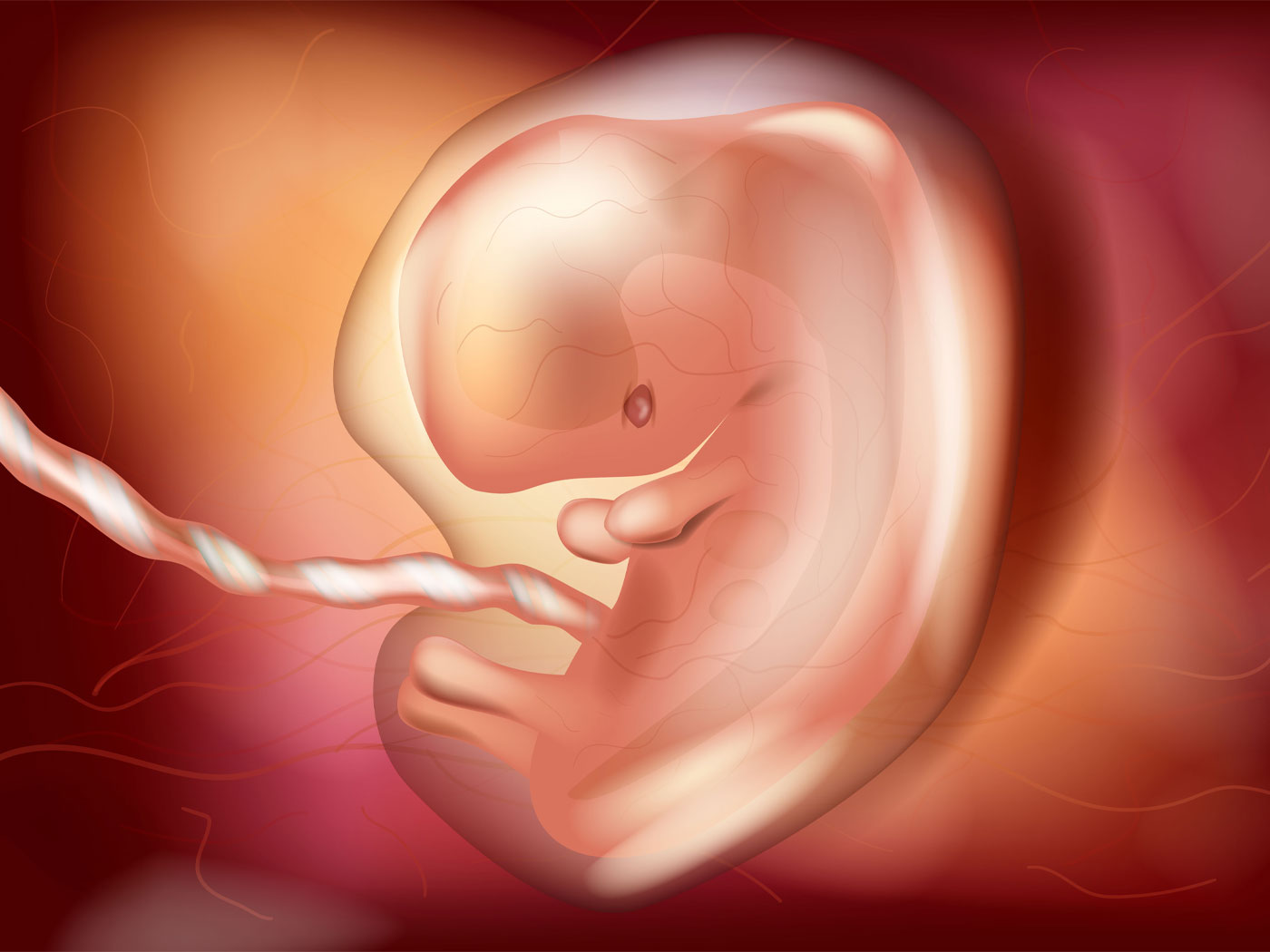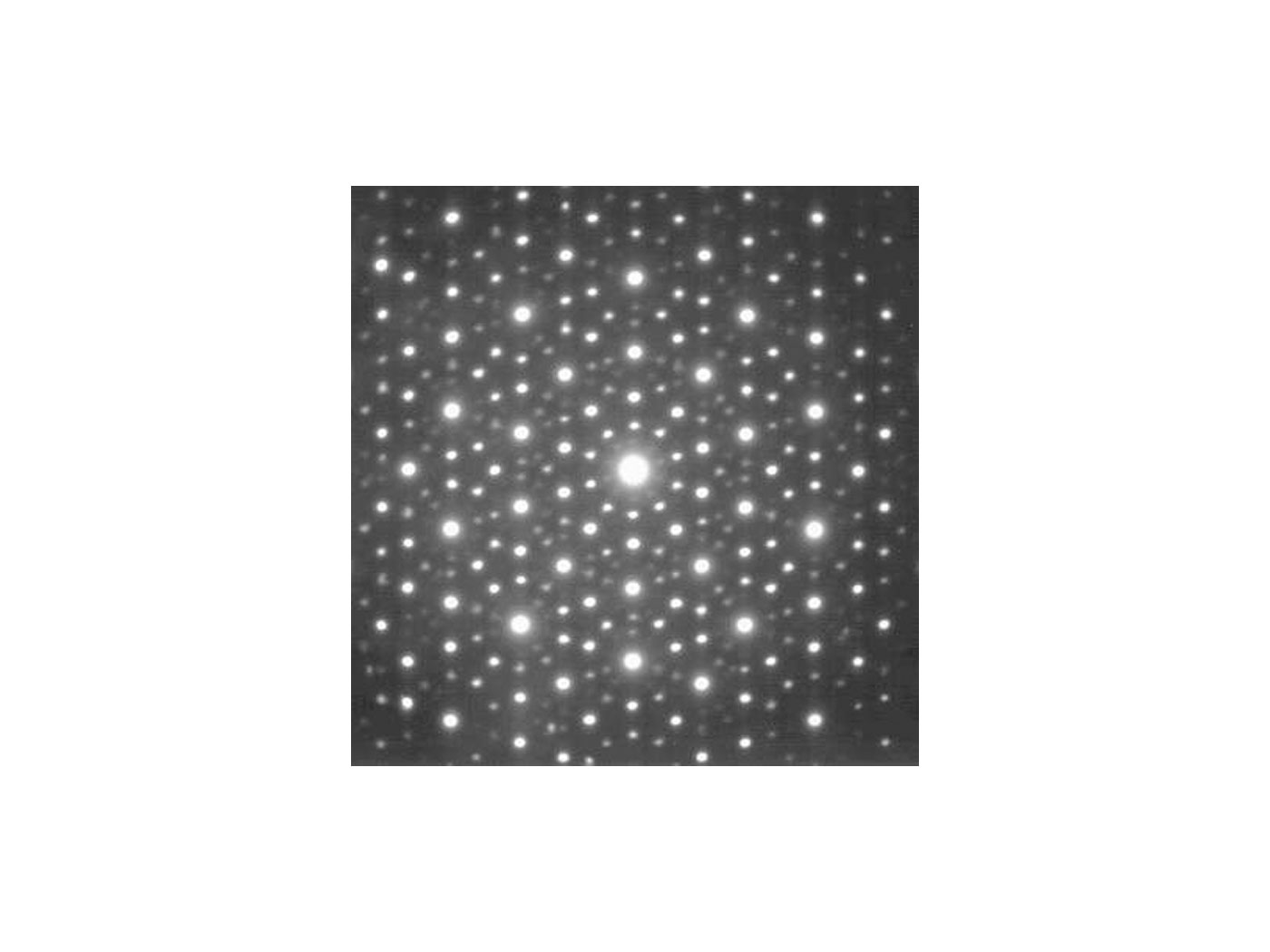The study of ancient DNA (aDNA) is currently all the rage in the field of genomics, with more and more researchers jumping into the fray. Despite the fact that many problems still plague the field, several new research papers are claiming that scientists can now detect and study Neandertal genome sequence in modern human DNA databases using only electronic tools.1,2
The consensus among secular researchers in the field of human origins is that Neandertals represent an ancient group of humans who—despite a few early controversies to the contrary—are now believed to have widely interbred with other humans across Europe and parts of Asia. The acceptance of this idea is what led several different research groups to develop electronic methodologies that would allegedly ferret out the many different introgressed Neandertal DNA regions in modern human genomes.
In two recent studies, both research groups took slightly different approaches. One group used a two-stage strategy. In the first step they attempted to map out the areas of the human genome sensitive to variation among different modern global people groups. They then compared those regions to the Neandertal reference genome and determined whether any matches occurred more significantly than by chance alone. In their conclusion, they state that “35-70% of the Neandertal genome persists in the DNA of present-day humans.”1
The second group combined three different sources of genetic variation to identify patterns of alleged Neandertal ancestry. Like the previous study, they also utilized Neandertal DNA genomic sequence as a reference. If all three sources of variability came back positive and also matched Neandertal, then the segment was demarcated as being Neandertal in origin. As in the other study, they did this for the many modern human genome variants represented across the globe. This group was less committal about the extent of the Neandertal genome persisting in modern humans but did say that “we identify multiple Neanderthal-derived alleles that confer risk for disease, suggesting that Neanderthal alleles continue to shape human biology.”2
Although these studies demonstrate the widespread mixture of Neandertal DNA at varying levels among modern humans, there are several problems with these studies. The first is that our knowledge of the Neandertal genome is based on only a few individuals—only one of which has a complete and well-developed genomic sequence.3 How can you use the DNA sequence of just one or a few individuals to make such broad-ranging statistical assertions about the modern genomes of humans across the globe? The second problem is that the researchers had to use multiple statistical models and then apply a “majority rule” approach to deciding which outcome was valid and which wasn’t. Clearly, there were many cases where the decision of the DNA segment could have gone either way—essentially meaning that it is all human DNA anyway.
From a creationist perspective, these studies really add very little to the already clear genetic evidence showing that the Neandertals are nothing but another variant in the human lineage derived from the eight individuals who survived the global Flood as recorded in the book of Genesis. Because the remains of these archaic humans are found in burial sites in caves rather than in flood sediments, we can therefore infer that their age is no more than about 4,000 years—not the 40,000-plus years typically given by evolutionists.
References
- Vernot, B. and J. M. Akey. Resurrecting Surviving Neandertal Lineages from Modern Human Genomes. Science Express. Published on sciencemag.org January 29, 2014.
- Sankararaman, S. et al. The genomic landscape of Neanderthal ancestry in present-day humans. Nature. Published on nature.com January 29, 2014.
- Prüfer, K. et al. 2014. The complete genome sequence of a Neanderthal from the Altai Mountains. Nature. 505 (7481): 43-49.
* Dr. Tomkins is Research Associate at the Institute for Creation Research and received his Ph.D. in genetics from Clemson University.
Article posted on February 21, 2014.





